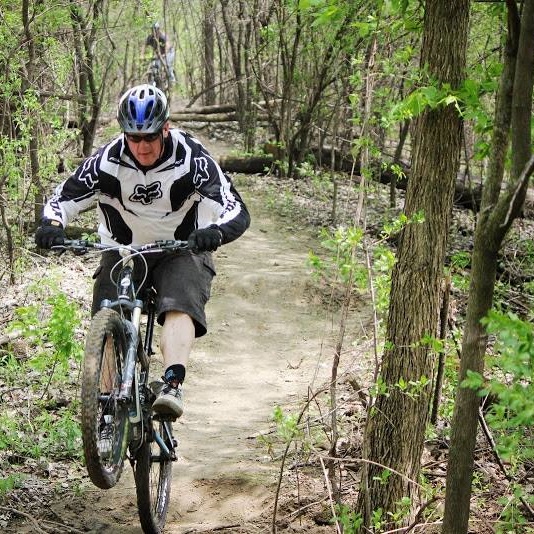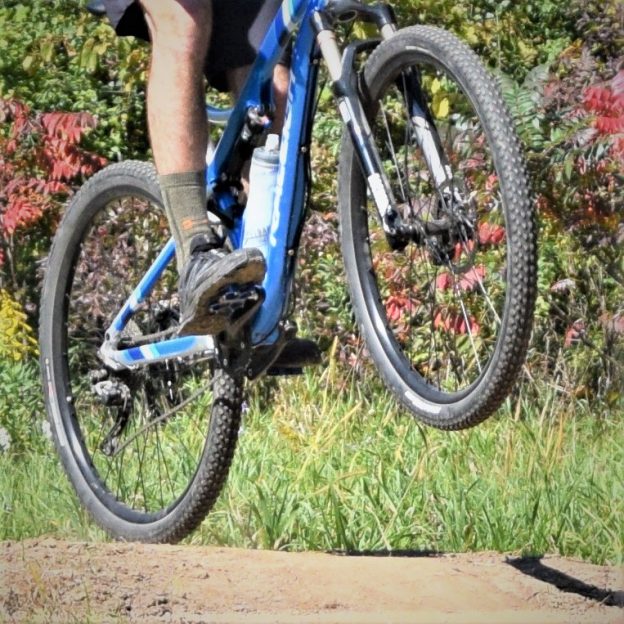Tag: clipless pedal
-

A clipless pedal is a quick and easy upgrade to make your next ride better
There is a simple equation that always holds true why use clipless pedals: control = comfort. By securing your feet in place with a clipless pedal you can use muscles more efficiently, relieve excessive strain on your feet and be connected to your bicycle more directly. Depending on your riding style, read on to see…
-

A simple 1-2-3 guide to using clipless pedals and shoes
If you want to be more efficient on your bicycle, few things are as effective as the combination of clip-in pedals and cycling shoes. Additionally, clipless pedals add to overall bike comfort. Read on to see how easy it is to learn to ride “clipless”.
